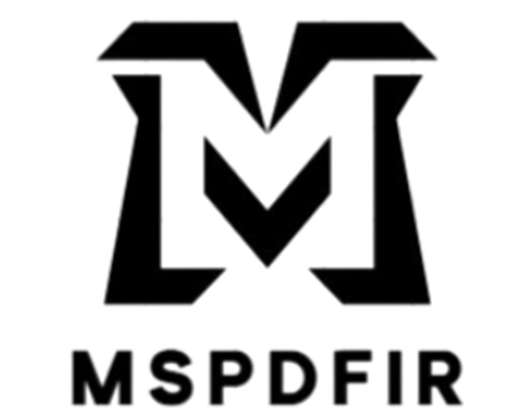In the hushed corners of coin auctions and collector forums, a storm is brewing—not over gold or silver, but a single penny. And not just any penny. This is the legendary 1943 Lincoln cent, mistakenly struck in bronze, a coin so rare that its resurfacing has ignited a frenzy among collectors across the U.S.
A Rare Error Turned Collector’s Treasure
During World War II, copper was a critical resource, primarily used for ammunition and military supplies. To conserve this metal, the U.S. Mint switched to zinc-coated steel for the 1943 Lincoln cents. However, a few bronze planchets from 1942 remained in the minting process and were accidentally struck with the 1943 date.
Since these coins were never meant to exist, only a handful survived—most were melted down. Today, fewer than 20 authentic bronze 1943 pennies have been verified, and past auctions have seen them sell for over $300,000. The recent reappearance of one of these rare cents has collectors eager for a chance to own a piece of history.
Bidding War Erupts
Earlier this month, a certified 1943 bronze Lincoln penny was listed by a private collector through a prestigious U.S. auction house. Within days, bidding skyrocketed past $100,000, with experts predicting it could surpass half a million dollars before the final hammer falls.
This isn’t just about rarity—it’s about the story. Each coin has a history, and this one carries echoes of wartime urgency, a minting mishap, and decades of mystery. To numismatists, this penny is more than just currency; it’s a tangible relic of America’s past.
Why This Penny Matters
For most people, a penny is just spare change. But for collectors, every coin tells a story. The 1943 bronze Lincoln cent is a symbol of an era when materials were scarce, production was rushed, and mistakes became legends.
The coin’s resurgence also highlights the growing popularity of error coins and numismatics in general. Social media and online marketplaces have made coin collecting more accessible, drawing in younger collectors and investors eager to uncover hidden treasures.
A Pattern of Rare Discoveries
This isn’t the first time a 1943 bronze penny has captured attention. In 2010, one sold in a private transaction for $1.7 million. Another, found by a teenager in the 1980s, later fetched six figures at auction. These discoveries continue to inspire people to search their change jars, hoping to find a life-changing penny hiding in plain sight.
Final Thoughts
As bidding intensifies, collectors and enthusiasts are watching closely. Whether you’re a seasoned numismatist or simply love a good underdog story, the tale of the lost Lincoln penny has all the makings of a modern legend: mystery, history, and a stroke of luck.
In an age dominated by digital currencies, it’s astonishing that a one-cent coin from over 80 years ago can still make headlines. But its message is clear—sometimes, the smallest things hold the biggest stories. So, before you overlook the pennies in your pocket, take another glance. You never know what history might be waiting to be discovered.
FAQs
How do I know if my 1943 penny is valuable?
Check if it sticks to a magnet. A steel penny is common, but a bronze one is rare and valuable.
How many 1943 bronze pennies exist?
Fewer than 20 have been authenticated, making them extremely rare.
What is the highest price ever paid for a 1943 bronze penny?
The record sale was $1.7 million in a private sale in 2010.
Where can I sell a rare coin?
Certified numismatic auction houses or professional coin dealers are the best options.
What other rare pennies should I look for?
The 1955 doubled-die penny and the 1909-S VDB penny are also highly sought after.





